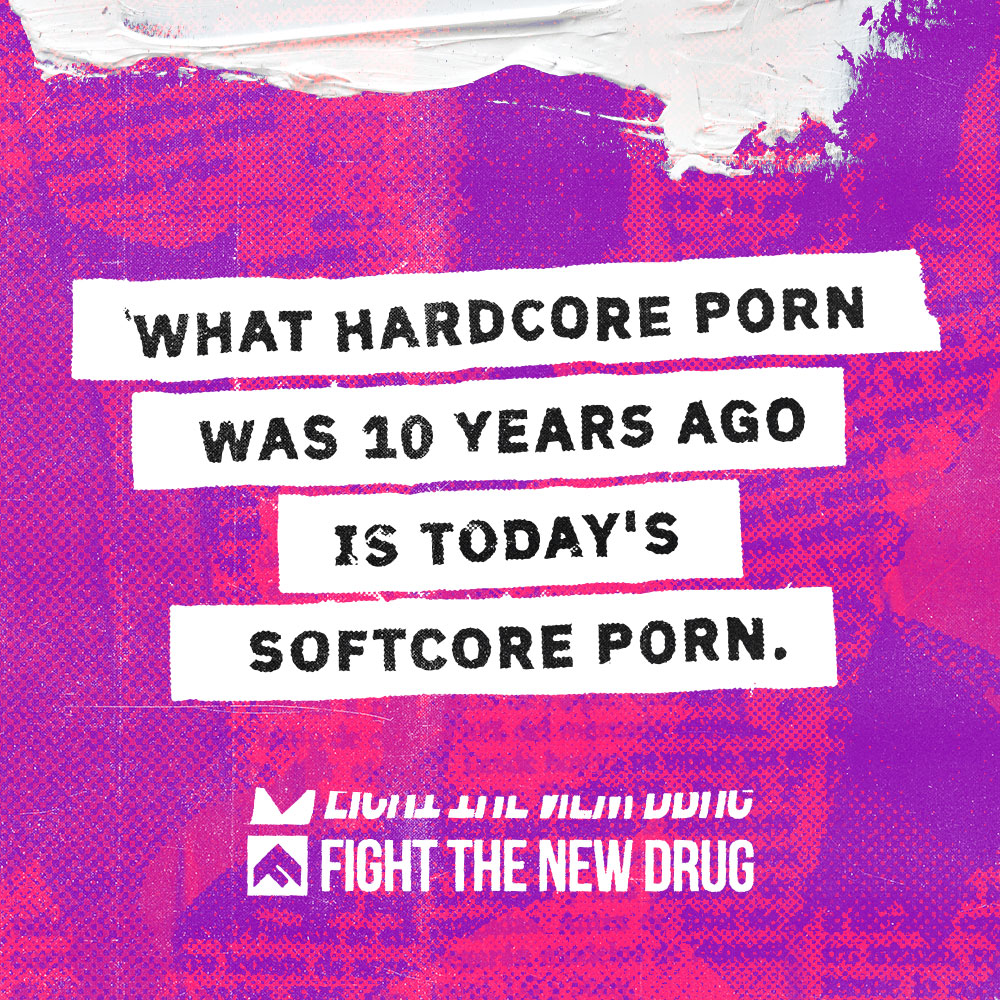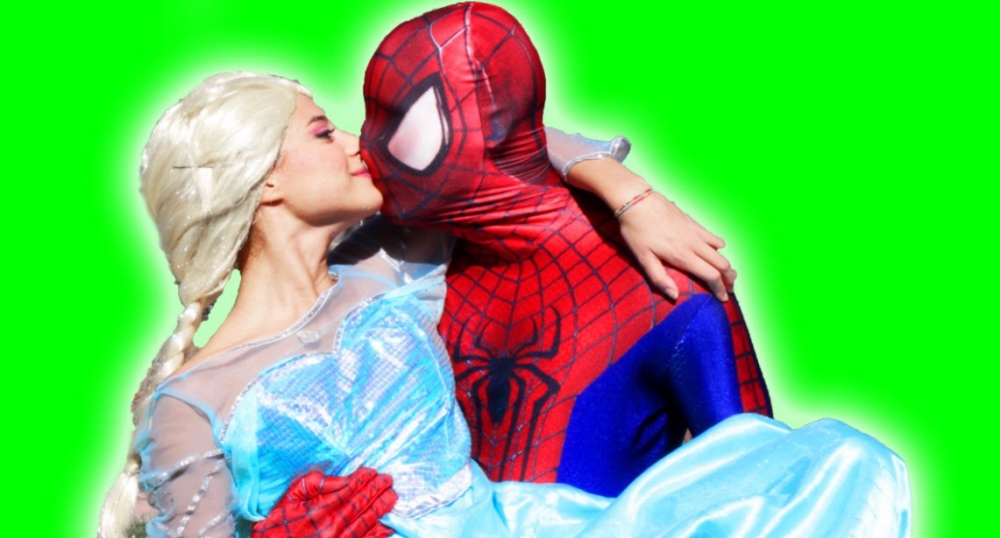Cover photo from TubeFilter.
YouTube, the world’s largest video-sharing platform, receives an estimated one billion unique visitors each month—that’s almost 3 times the amount of visitors to Netflix, Vimeo, and Hulu combined.
While YouTube’s popularity doesn’t seem to be going anywhere any time soon, a recent phenomenon is making many people question the safety of this giant video platform, especially for kids.
The wave of disturbing content found on “kid-friendly” YouTube channels
On average, humans around the world collectively watch one billion hours of video on YouTube each day, and children have become one of the biggest drivers of YouTube viewing in recent years. This led to the development of YouTube Kids—an app that provides a “safe” version of their services curated with content geared toward younger audiences.
But as recent events have suggested, even a supposedly secure space isn’t fully protected from the dark sides of the internet. Kids barely old enough to walk can easily navigate a cell phone or tablet, and all they have to do is click on an innocent-looking thumbnail or title to enter a world of disturbing content.
Related: Exposing The Serious Porn Problem On Popular Social Media Platforms
In growing numbers, creators of kid-targeted content are sneaking in explicit and disturbing scenarios and scenes. This bizarre but concerning issue is made worse because these videos combine what kids find attractive with what YouTube is likely to promote to its viewers, deceiving both kids and parents alike.
YouTube doesn’t allow pornographic content, according to their guidelines, so what do these videos promote that’s so concerning?
These videos feature creepy, live-action dress up or low-budget animation of violent and/or sexual scenes, glamorized by a child’s favorite animated character—like Spiderman, Mickey Mouse, Hulk, or Frozen’s Elsa and Anna.
The characters eventually engage in bizarre, disturbing behavior: urinating or defecating on each other, chopping off fingers, being stuck with needles, getting kidnapped or buried alive, being groped, cannibalism, dismemberment, murder, incest, bondage, sexual assault, drug abuse, cheating on spouses, and a variety of pornographic sexual acts—like the characters performing sexual acts on each other or children performing sexual acts on older men. There have been reports of suicide instructions being inserted in some kids’ videos, too.
In other words, this is more intense stuff than would normally appear in kid-friendly videos.
For example, one popular video features Frozen sisters Anna and Elsa having their clothes torn off by Spiderman. Another titled “Spiderman Watching Under Anna’s Skirt!” received over one million views.
Related: “Real People Are Gross”: 3 Reasons Animated Porn Is Gaining Global Popularity
These videos are understandably traumatizing for children on a massive scale. Most have been viewed hundreds of thousands—if not millions—of times.
There’s also been a pattern of predators leaving sexual comments on YouTube videos of children.
What makes kids the perfect target?
Who or what is behind all of this content? The fact that countless videos are out there and ready for consumption by any unsuspecting kid can be a lot to process. But take a minute to consider why these videos might be used specifically to target children.
The content kids—and humans in general—consume undoubtedly helps shape their perception of the world, what’s acceptable or healthy in society, and their own sexual templates.
We may not know exactly why the trend of including upsetting and explicit scenarios in these videos is spreading, though it’s clear that content like this can be used as a way to groom kids, get them hooked on what they’re watching, seek out more hardcore and explicit versions, and normalize or even imitate the behavior.
Related: How Early Porn Exposure Traumatizes Boys And Fuels Toxic Masculinity
It’s not out of the realm of possibility to consider how these videos can normalize degrading and humiliating acts that are so popular in mainstream hardcore porn today.
Related: For Parents: Understanding How Kids See Porn So Young, And How It Affects Them
After all, by exposing children to explicit content early and fostering their continued porn consumption throughout teen years, the porn industry can create a lifetime customer by the time they reach adulthood. There’s no evidence to suggest the porn industry is behind all of these videos, while it doesn’t hurt that it can pave the way for kids to be interested in their product.
YouTube’s response to kid-targeted, explicit content
YouTube has said they’ve taken steps to remove inappropriate content after receiving backlash from the public, and from several major YouTube advertisers who pulled their ads following this unsettling discovery of child exploitation on their platform.
In 2017, YouTube confirmed that it had terminated over 270 accounts, removed 150,000 videos, and turned off comments on over 625,000 videos targeted by child predators. They also removed ads from almost 2 million videos and over 50,000 channels masquerading as family-friendly content.
In December of 2017, Malik Ducard, YouTube’s Global Head of Family and Learning, shared an open letter about this issue. Here’s what it said, in part:
“Content masquerading as family-friendly on YouTube, a small amount of which has appeared in YouTube Kids, is an issue that we have been deeply focused on. Let me be clear in stating that content that deceives or harms families is absolutely unacceptable and to combat this content we needed to take significant action. We have clear policies against these videos and we enforce them aggressively,” he wrote. “While we can’t talk with everyone, we are actively engaged with creators, educators, family experts, trusted partners and flaggers, influencers and more to get this constantly evolving landscape right, and will continue to expand that effort.”
This was clearly over a year ago—and the issue is still present today even despite the other steps they’ve taken. So what can we do? Clearly, relying on YouTube to make changes isn’t a solid first option.
Related: YouTube Removes Explicit Webcam Site Ads From Kids’ Videos
While these efforts by YouTube aren’t dismissible, there seems to be a much bigger underlying problem. The high volume of explicit or disturbing videos packaged as “kid-friendly” found on their site proves that YouTube’s algorithms—among the most sophisticated in the world—aren’t 100% effective at protecting children.
Removing or filtering content clearly isn’t a full-proof solution. The best solution? Parents being aware, proactive, and involved in what their kids are consuming.
Is there a solution?
The prevalence of this type of content even across seemingly “safe” platforms reiterates the importance of having conversations with kids about porn.
While monitoring what kids do online is important, honest, ongoing, and open communication and education are essential and empower kids to consider and identify harmful content.
Discussing the harmful effects of pornography and the risk of exposure to it on a wide variety of social media platforms may not be an easy conversation to have, but you don’t have to do it alone.
Learn how to start talking about porn and continue having ongoing conversations with our free interactive resource. You’re not alone in this.

Your Support Matters Now More Than Ever
Most kids today are exposed to porn by the age of 12. By the time they’re teenagers, 75% of boys and 70% of girls have already viewed itRobb, M.B., & Mann, S. (2023). Teens and pornography. San Francisco, CA: Common Sense.Copy —often before they’ve had a single healthy conversation about it.
Even more concerning: over half of boys and nearly 40% of girls believe porn is a realistic depiction of sexMartellozzo, E., Monaghan, A., Adler, J. R., Davidson, J., Leyva, R., & Horvath, M. A. H. (2016). “I wasn’t sure it was normal to watch it”: A quantitative and qualitative examination of the impact of online pornography on the values, attitudes, beliefs and behaviours of children and young people. Middlesex University, NSPCC, & Office of the Children’s Commissioner.Copy . And among teens who have seen porn, more than 79% of teens use it to learn how to have sexRobb, M.B., & Mann, S. (2023). Teens and pornography. San Francisco, CA: Common Sense.Copy . That means millions of young people are getting sex ed from violent, degrading content, which becomes their baseline understanding of intimacy. Out of the most popular porn, 33%-88% of videos contain physical aggression and nonconsensual violence-related themesFritz, N., Malic, V., Paul, B., & Zhou, Y. (2020). A descriptive analysis of the types, targets, and relative frequency of aggression in mainstream pornography. Archives of Sexual Behavior, 49(8), 3041-3053. doi:10.1007/s10508-020-01773-0Copy Bridges et al., 2010, “Aggression and Sexual Behavior in Best-Selling Pornography Videos: A Content Analysis,” Violence Against Women.Copy .
From increasing rates of loneliness, depression, and self-doubt, to distorted views of sex, reduced relationship satisfaction, and riskier sexual behavior among teens, porn is impacting individuals, relationships, and society worldwideFight the New Drug. (2024, May). Get the Facts (Series of web articles). Fight the New Drug.Copy .
This is why Fight the New Drug exists—but we can’t do it without you.
Your donation directly fuels the creation of new educational resources, including our awareness-raising videos, podcasts, research-driven articles, engaging school presentations, and digital tools that reach youth where they are: online and in school. It equips individuals, parents, educators, and youth with trustworthy resources to start the conversation.
Will you join us? We’re grateful for whatever you can give—but a recurring donation makes the biggest difference. Every dollar directly supports our vital work, and every individual we reach decreases sexual exploitation. Let’s fight for real love:


